
Ramokoka Chain Of Dental Suites
Mon – Fri
09:00 AM – 17:00 PM
Saturday
09:00 AM – 13:00 PM
Our Dental Service

Smile everywhere, it’s free 🙂
Our Services
Click on procedure for illustration
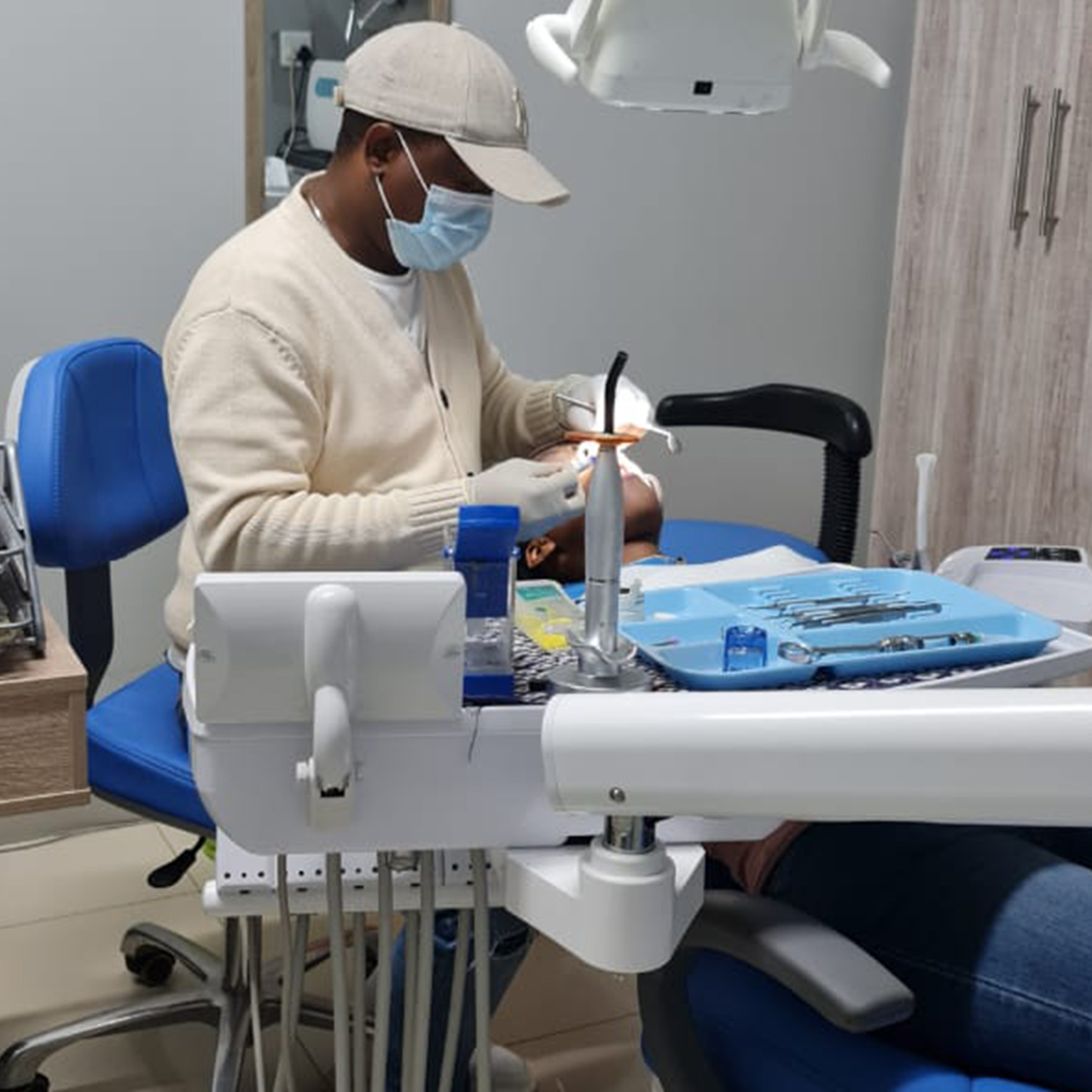
Our Branches
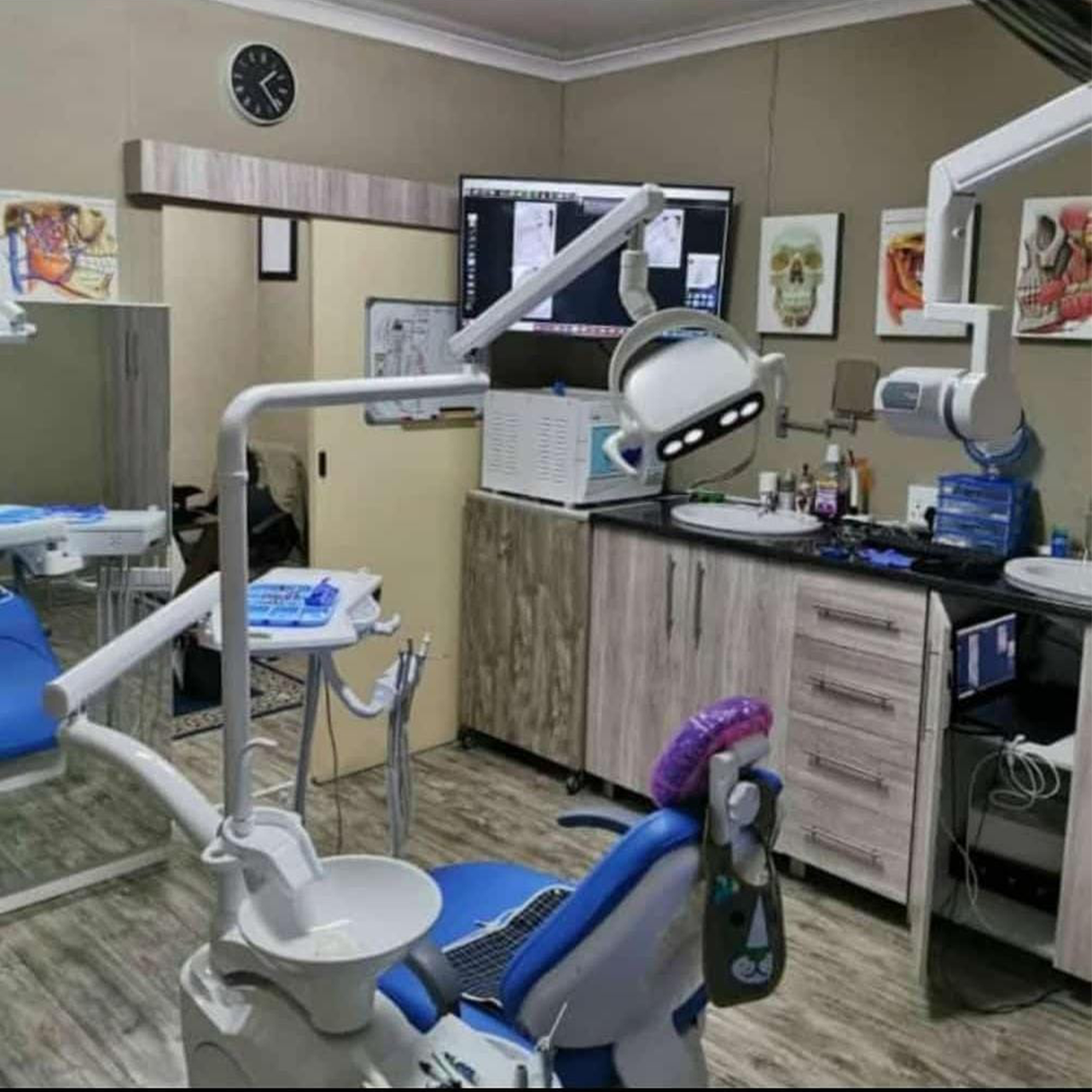
POLOKWANE
Polokwane, 93 bok Street shop b7, Dj shopping center
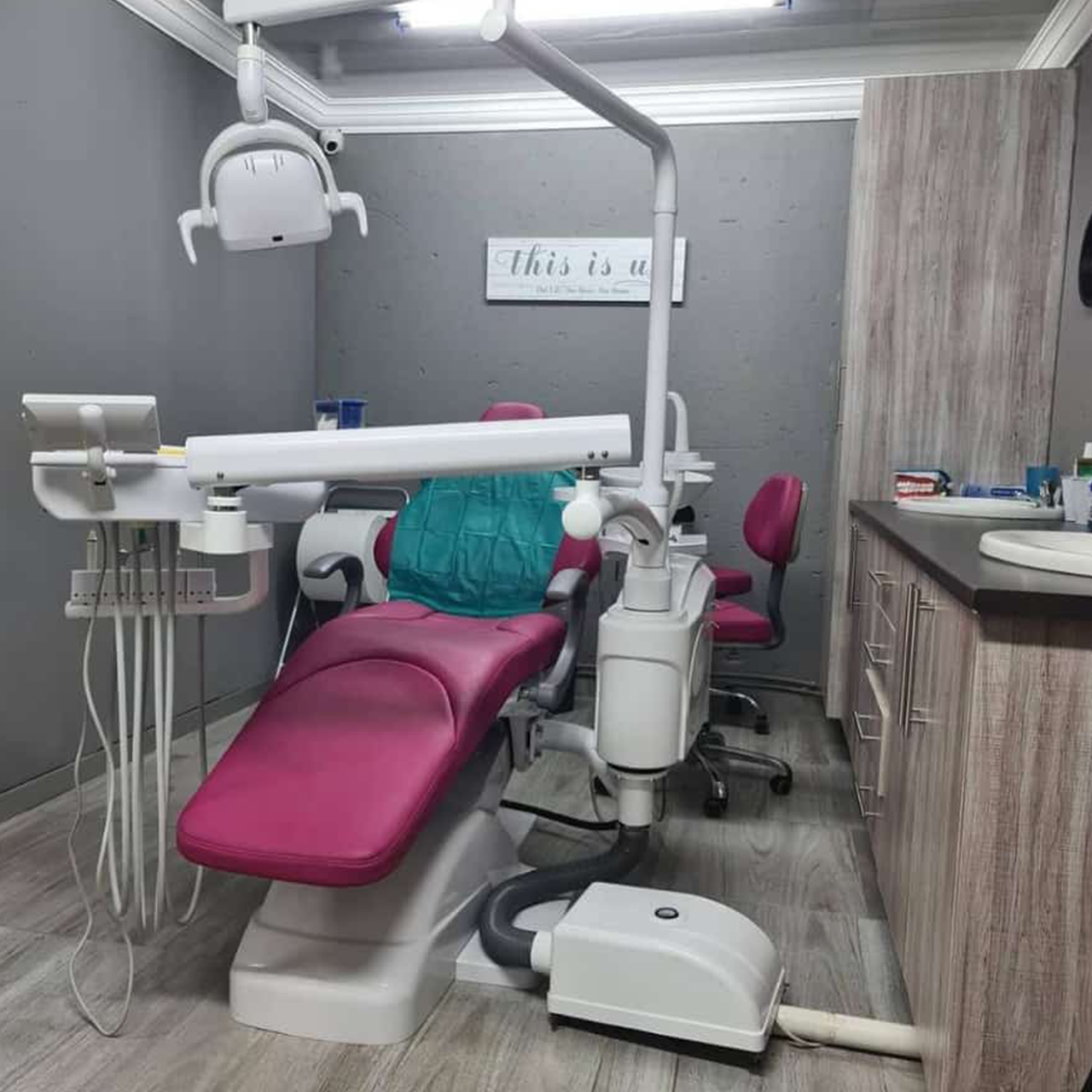
GARANKUA
Garankuwa zone 1, Ramogodin Streeet, next to spar or G bets at REARABILE MEDICAL CENTER
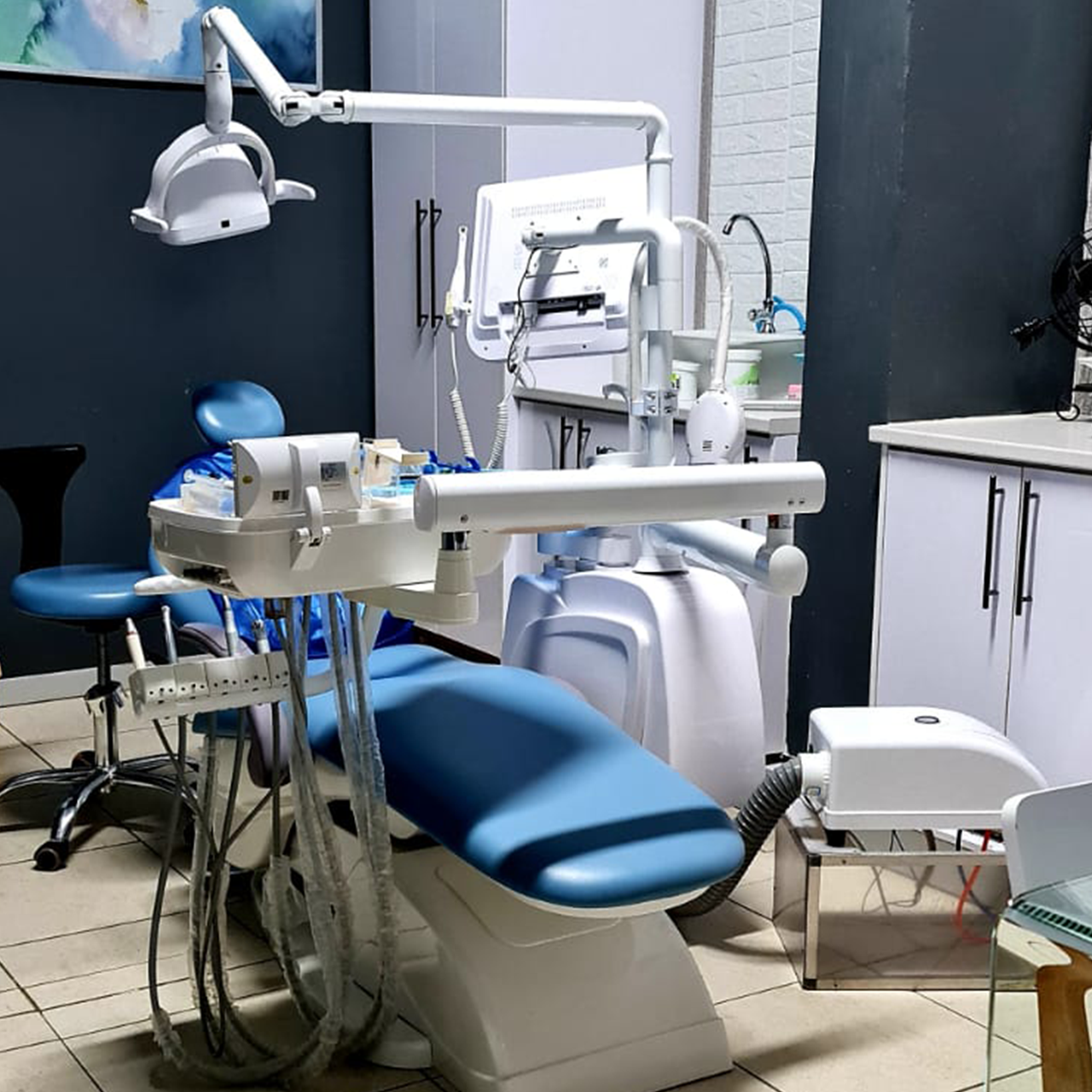
RUSTENBURG
Rustenburg, 40-45 boom street, CCMA building, net to Tupper ware and eskom

BRITS
Brits 19 Koperasie Sreet at Bolt Center, SASCO Building
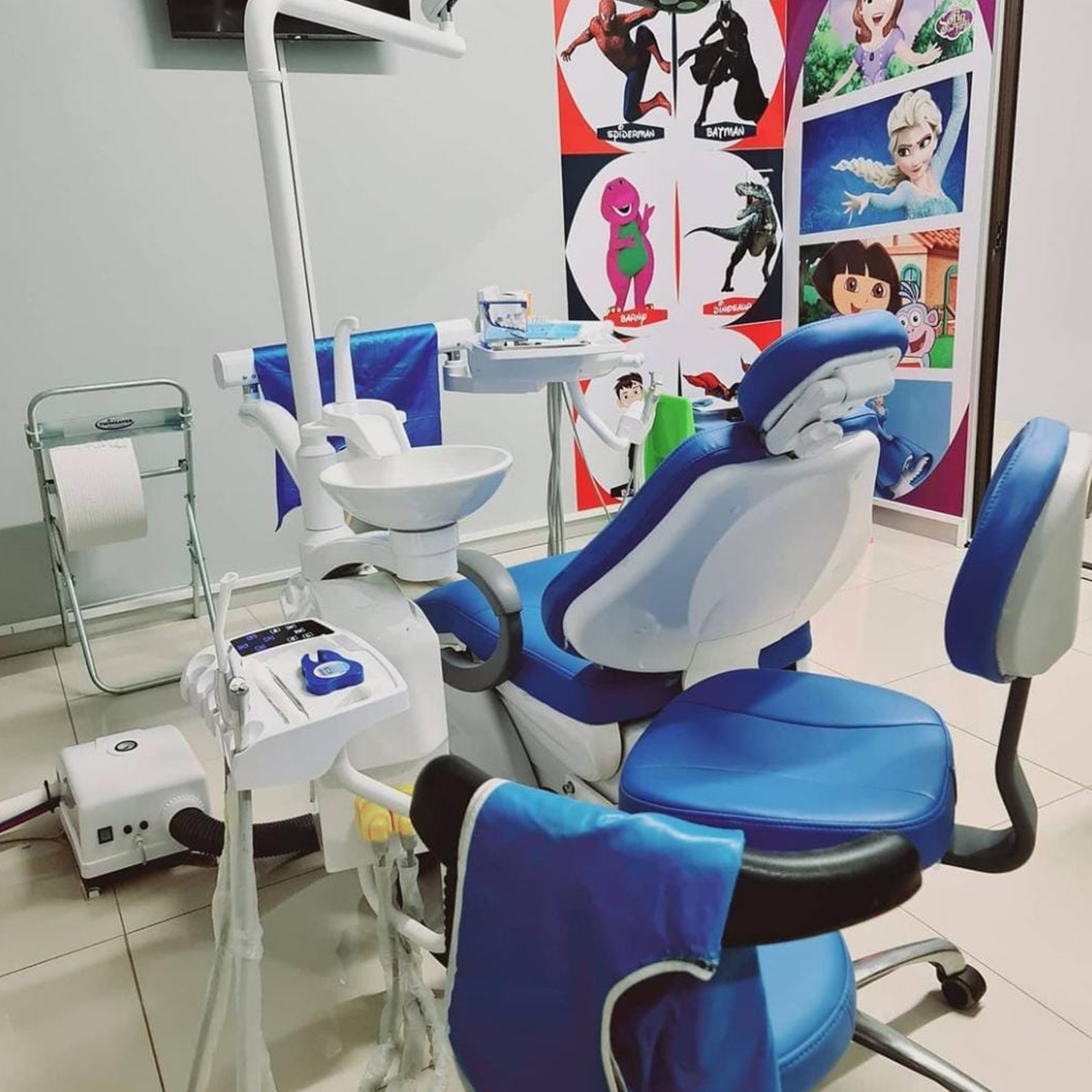
RAMONGOANA MOLETJI
Ramongoana Moletji dendron road (Usave shopping center)
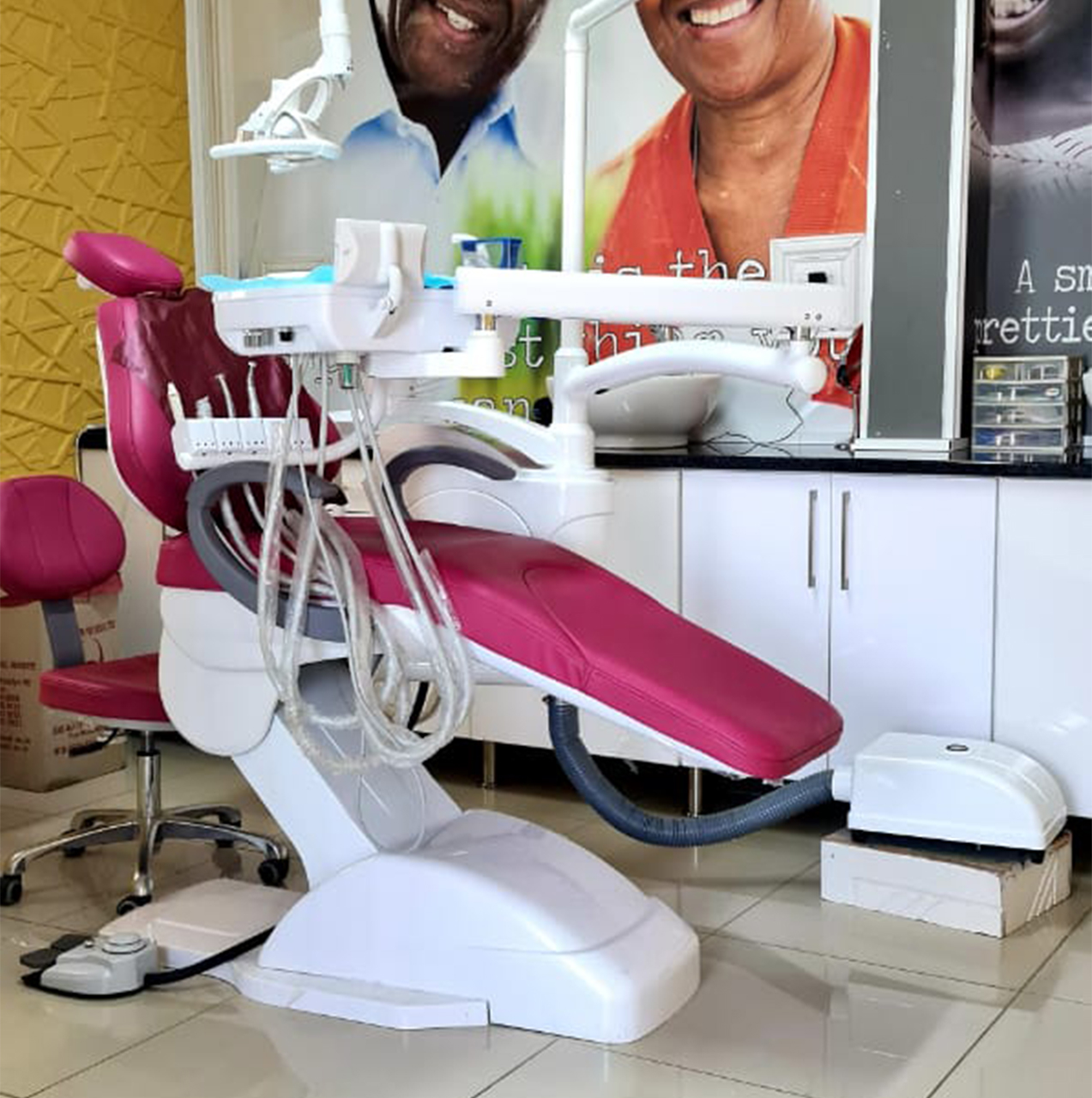
MARIKANA
MARIKANA, SHOP NO5 De veliers complex, next to elegant garage.
FAQ
Frequently asked question.
What type of toothbrush and toothpaste should I use?
Depending on the condition of the oral cavity and its dentition the oral health provider can inspect and advice.
Do I really need to floss?
Yes definitely, because the spaces between the teeth have bulbous surfaces where two adjacent teeth meet which leaves a gap between the teeth at the bottom where bacteria and food residue might hobour and cause tooth decay
Does a rinse or mouthwash help?
Yes definitely, gets to those hard to reach areas to kill bacteria which might cause tooth decay and also fights halitosis (bad breath)
What are early signs of dental trouble?
Bad breath, red gums, painful gums, pain when chewing.
Why do I need dental exams?
To make sure that there is no dental or oral cavity ailments developing that you might not be aware of, these can range from simple caries to oral cancers. So a dental exam every six months is vital for one’s overall health.
Are dental X-rays safe and needed?
Yes, they are considered part of the dental exam. They help identify bone and dental lesions that may otherwise not be noticed without their aid.
Do teeth need fluoride?
Yes, flourode is the elemen that reinforces the enamel tooth structure, which is the outer, protective part of the tooth. Making it strong and resistant to tooth decaying bacteria and sensitivity from the elements.
How do fillings work?
They work by occupying the space where the dentist or oral health care provider has removed the decaying part of the tooth, thus providing a stable and hard structure for chewing and esthetics.
